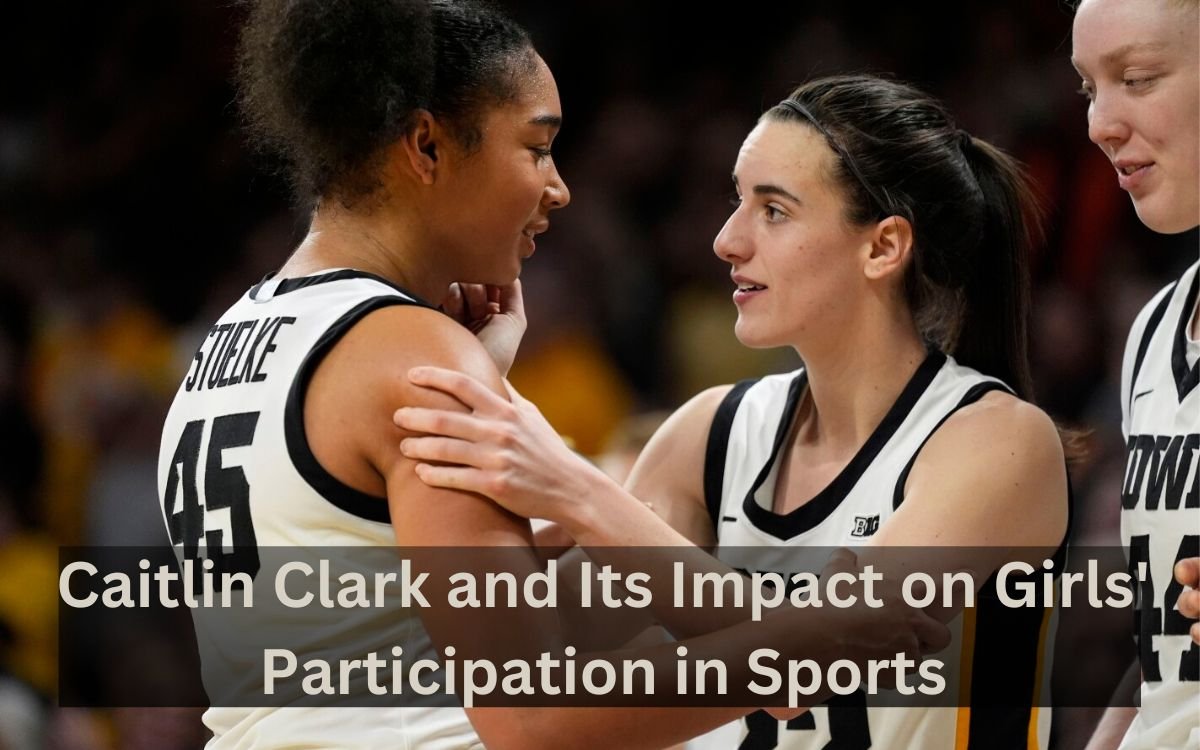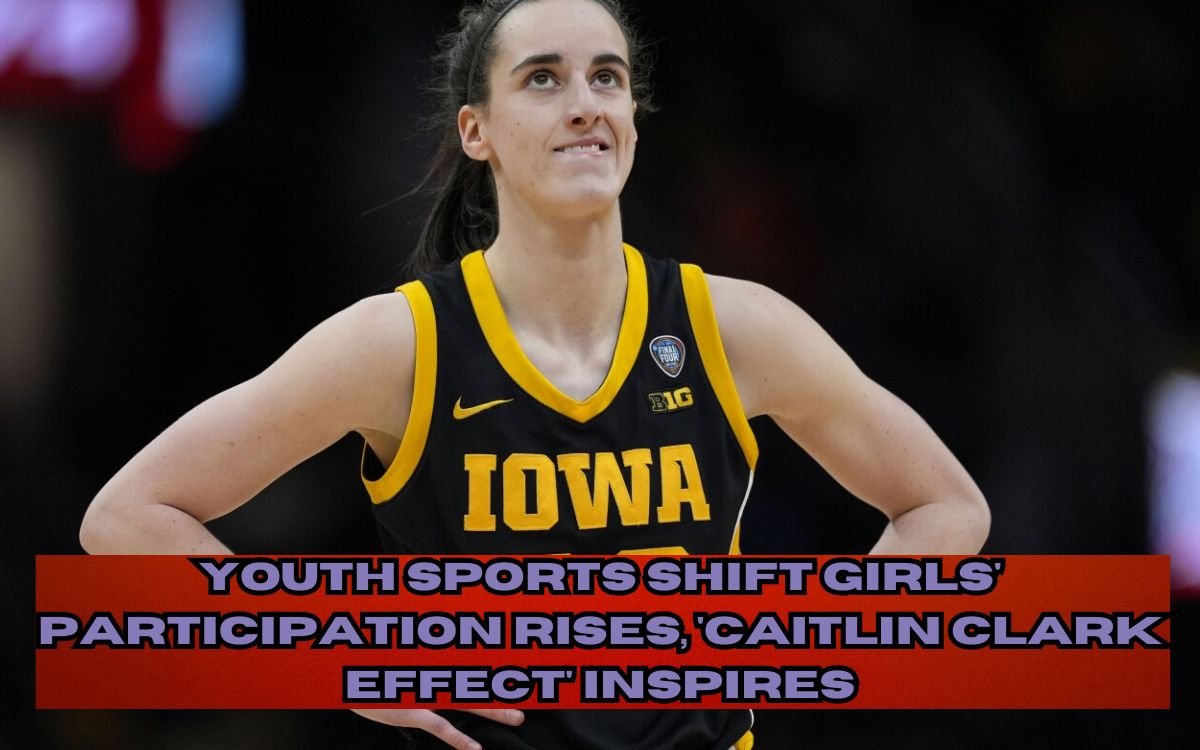Introduction:
In 2024, youth sports within the US are indeed at a notable juncture. Data available shows that gender in sport has become quite fluid and is no longer a static factor for example participation over time has been showing differences especially in recent times.
As reported in the National State of Play 2024 published by the Aspen Institute, 39,8% of 6-17-year children are engaged in active team sports on regular bases which is the highest since 2015. Yet such numbers may only echo surface tendencies, for deeper processes have already begun to set in regarding the youth dynamics.
The participation of girls in sports has reached levels never seen before, ushering in a new wave of active sports women. This increase however is in clear contrast to boys’ participation which noticeably retracted. The change in the gender disparity in athletic participation decreased within the span of two years, from 15.4 to 5.4 revealing changes in youth sports.
Caitlin Clark is the best example of this change within a short period where college basketball has captured many people’s attention. She is a true idol to many young girls, who often look up to sportswomen for such values as hard work and dedication, and enhances the appeal of women’s sports.
This report explores:
- The causes for the increased participation rates in girls
- The factors causing a drop in boys’ engagement
- Caitlin Clark’s influence on juvenile athletics
- Changes in demographic factors that affect the trends in involvement
- The outlook on participation in youths, sports activities in America
Inequalities within youth sports
Participation in sports activities presents clear disparities along gender divides:
Boys’ Participation (6-17 age group): It was 50% in 2013 and it has dropped by 9 percentage points to 41%, making a gross cumulative drop of 9 percentage points.

Girls’ Participation: The rate of participation among girls has indeed been record high ever since the year 2012. In this respect both age cohort of 6-12 and 13-17 show higher ratios of participation. The disparity has shrunk from 15.4 to 5.4 percentage points.
Caitlin Clark and Its Impact on Girls’ Participation in Sports.
Caitlin Clark’s rise to prominence has brought about a sea change in the perception and in the practice of women’s sports, especially basketball. The University of Iowa star’s historic run in the NCAA has broken all viewership records, with even regular season games attracting millions.
The aforementioned events, paired with Clark’s standing, have given rise to an enabling environment for women athletes. There have also been reports from local sports bodies stating that more parents are getting involved and there are corporations expressing desires to sponsor girls’ programs, a clear indicator of changes in the youth sporting activities in that area.

The effect is even to the educational institutions where one can find athletic departments that have now devoted more resources to the athletic programs for the girls. Such organizational backing sustains the existing positive participation trends and ensures that there will be going opportunities for involvement by women athletes in the coming years.
As explained in an article published by Ms. Magazine, the effects of Clark’s leadership are not only limited to the game of basketball but also bring about changes in other sports played by women.
Trends of Youth Sports Participation by Demographic Group
The most recent information shows that there are considerable changes in youth sports participation based on their demographics. The percentage of youth who identify as Black has unfortunately declined in regard to their participation rates, going down from 45% in 2013 to 35% in 2023.
This 10 percentage points drop signals that there may be some systemic issues regarding access and engagement for the majority of Black youth.
Hispanic children seem to be falling in the opposite direction in which the trends of participation rates are appreciating.
The rate of regular participation in sporting activities among children aged between 6 and 12 years from Hispanic origin grew sharply by 14% over the last year. This increase denotes successful programs of outreach to the community and the influence of sports as a unifying factor in the culture.
The Future of Trends in Young Sports Participation – Conclusion. Participation levels in sport among the youth is increasingly changing; therefore community leaders, parents and sporting organizations need to put measures in place.
She also noted that creating enable and affordable programs will be crucial in the efforts to boost the current growth of girls’ participation and the worrying decline in the boys’ participation.

